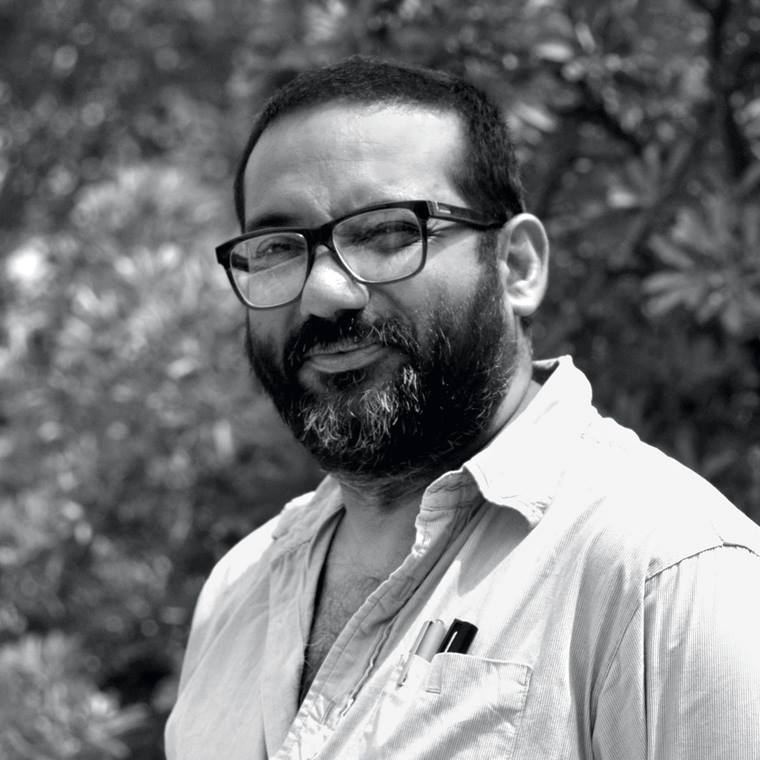H.A. Gade is one of the most gifted artists in the history of modern art in India. He was an experimenter and pioneered in Abstract Expressionism. Gade was born in Talegaon Dashasar Village of district Amravati in Maharashtra. Unlike other artists who studied in art school, Gade studied at the University of Nagpur after that he enrolled in 1939 with Nagpur School of Art. He taught at Jabalpur’s Spencer Training College for five years before completing a Diploma and then a master in Art during 1949-50. He later enrolled for a year at the Central Institute of Education, New Delhi in 1958.

Gade began his career doing watercolor landscapes before moving on to oil canvases. His works reflect the breaking of the bonds of colonial values in India that had conditioned art education in colonial India. Gade was one of the six founding members of the Progressive Artists’ Group. He remained part of the group until its dissolution in 1956. He was the one who brought SH Raza into the group and was later known as the founding member of the Progressive Artists’ Group.
Artistic styles and works
Gade rejected representing nationalist symbols and focused on making abstract compositions, his works are abstract compositions which were depicting townships and cityscapes where nature and manmade buildings get to mix with ease. He used both a paintbrush and palette knife to give a new texture and dimension.
There are a lot of works of Gade that depict houses. They provide him basic means of building up the surface and dividing them into rectangular units. When we look at Raza’s paintings, we see landscapes that capture streets and corners of cities with throbbing activity. While looking at Gade’s paintings we see small towns like Udaipur, Nasik, and Omkareshwar. He used these small-town settings for creating his painterly constructions. In his early years, he worked on formalism but with time he changed into abstraction. The houses in his paintings look like precious gems that have been polished to perfection. His paintings offer turbulence through sheer color modulation.
He painted landscapes and monsoons from Kerala, Indian monsoons, and Rajasthan. He also painted slums and poverty of Bombay in the 1950s, still life, and nude portraits. Gade is often referred to as “Painters’ Painter” his interest in mathematics and understanding the pictorial dimensions of colors made him unique in his own ways. His works quite look almost planned with influences from Cubism. His abstracts are very interesting for the artists and students.
Exhibitions and Career
In his career, he had participated in many group shows as well as solo shows. With members of progressive artists’ groups, he had participated in the group shows in Mumbai, Baroda, Ahmedabad, and Calcutta. He was awarded a gold medal at the annual exhibition of the Bombay Art Society in 1956. He also exhibited at Basle in 1951 and 1956 as well as Venice in 1957.
His works are displayed at the National Gallery of Modern Art (New Delhi), Lalit Kala Akademi (New Delhi), Bombay Art Society (Bombay), Tata Institute of Fundamental Research (Bombay), and many other galleries in Prague, Warsaw, Bangkok, Budapest, Bucharest, Sofia, and Venice.
Death and Legacy
Gade died in 2001 leaving a large legacy behind him. His works are among the most popular and highly valued in the art world.

Vikash Kalra is a self-taught artist & writer based in New Delhi whose work has been exhibited across India and is held in several private and corporate collections.
https://www.vikashkalra.com/web/

Leave a Reply